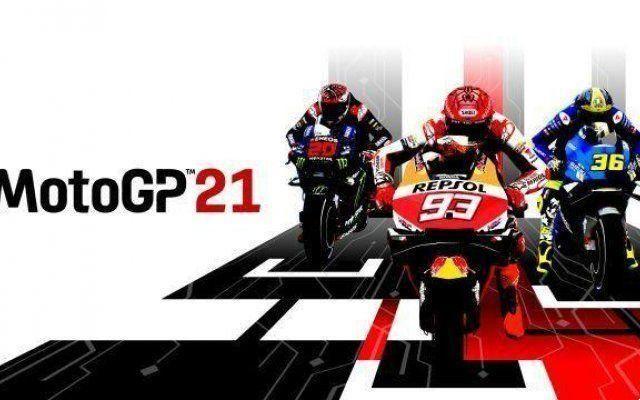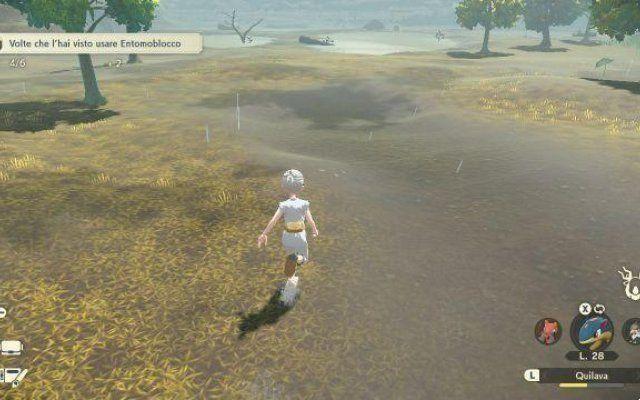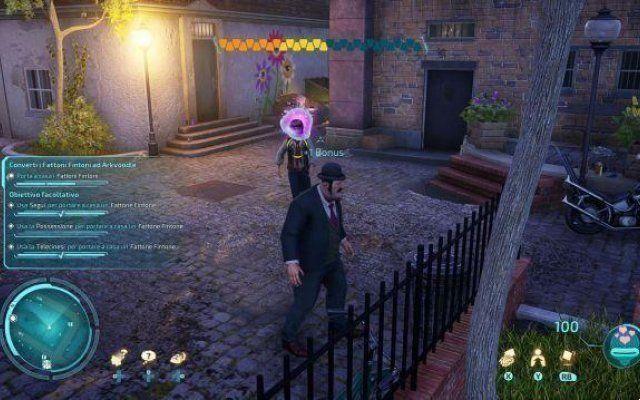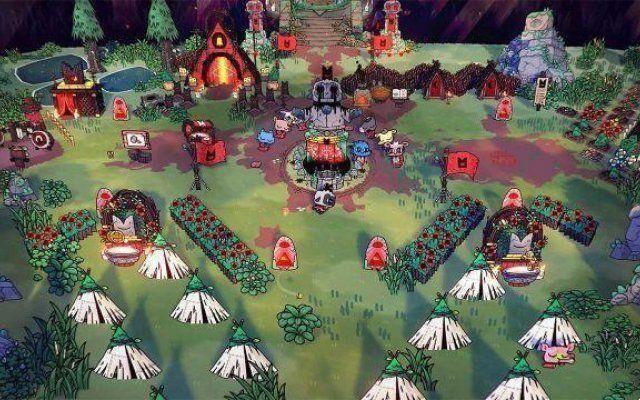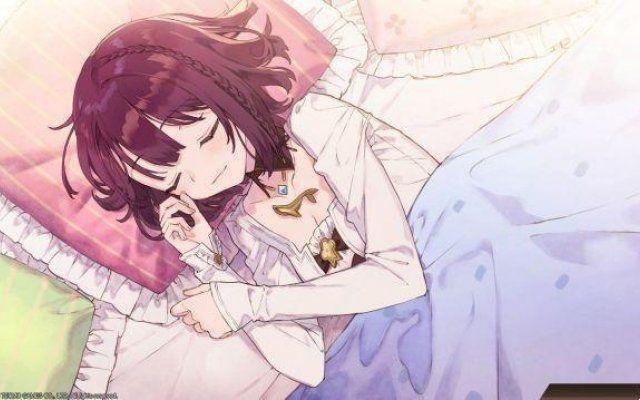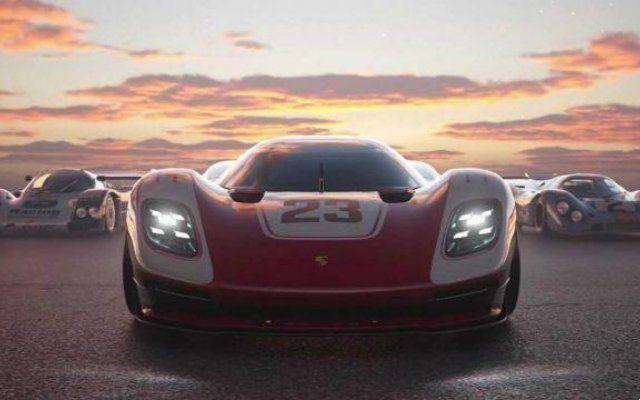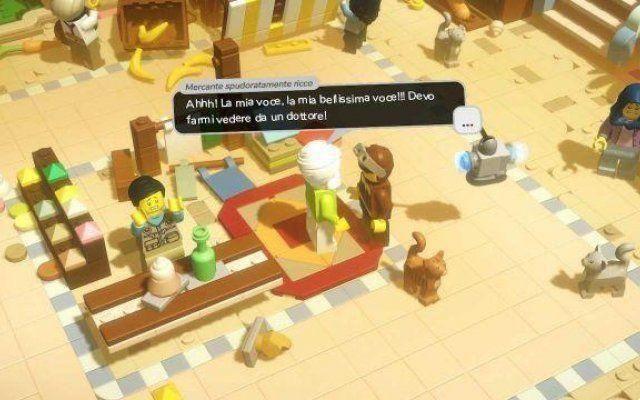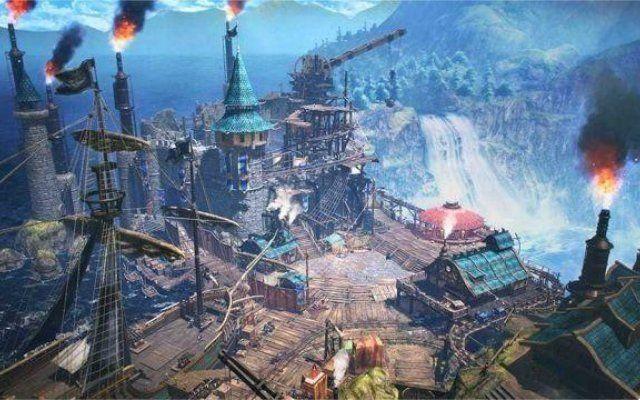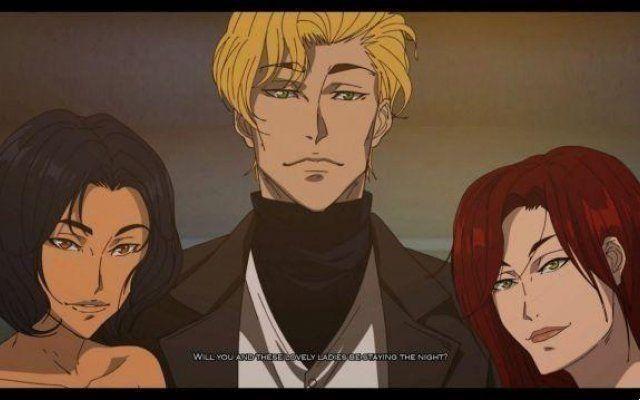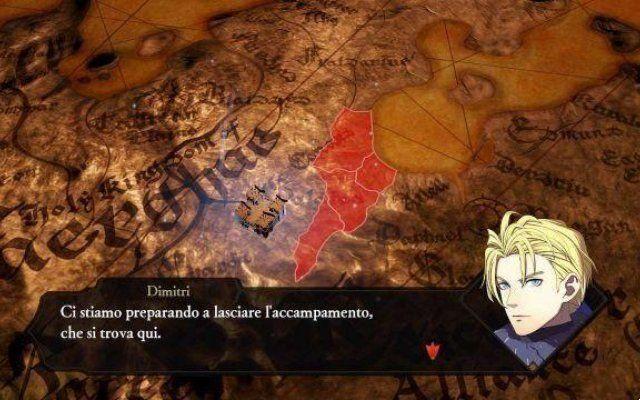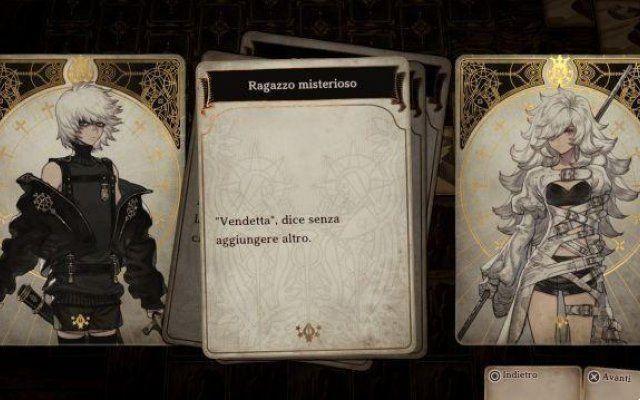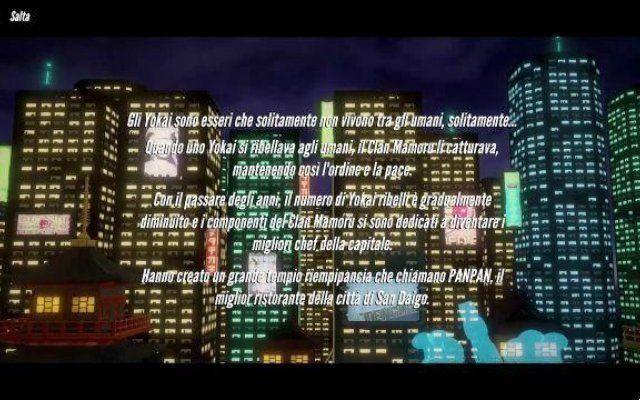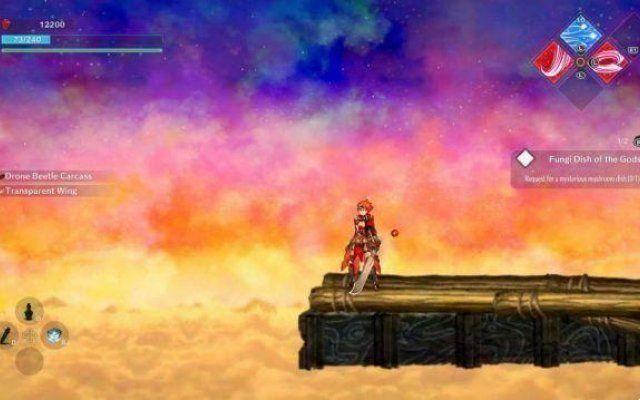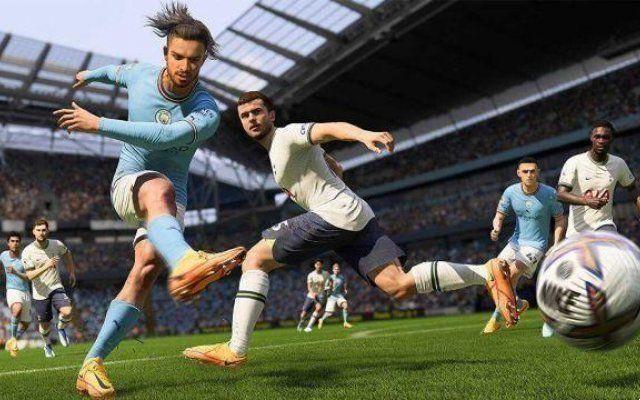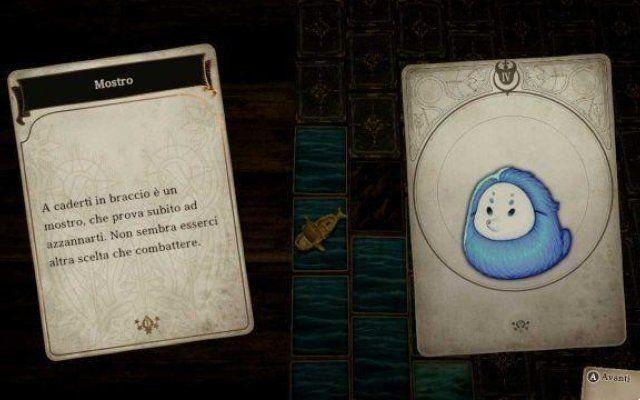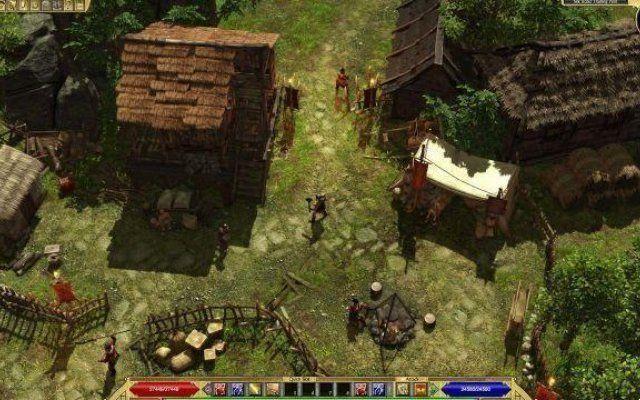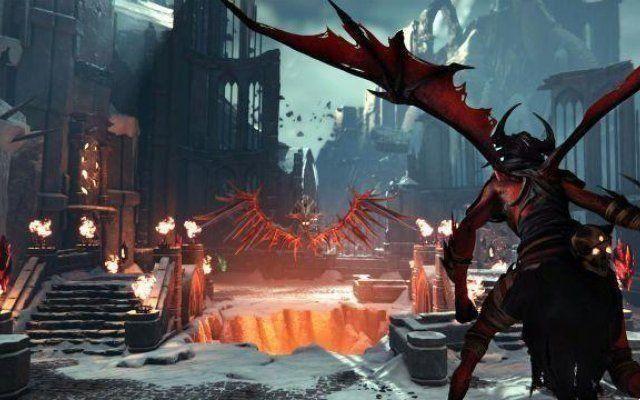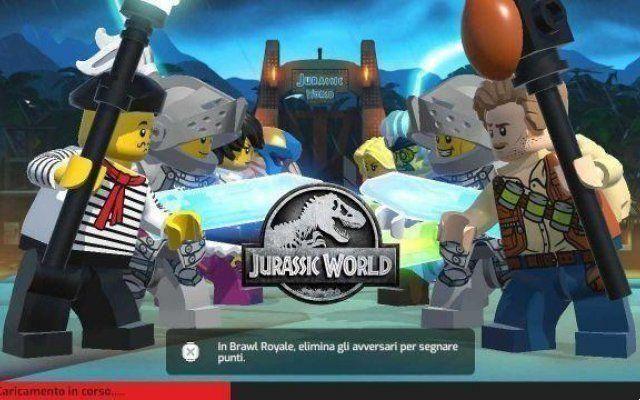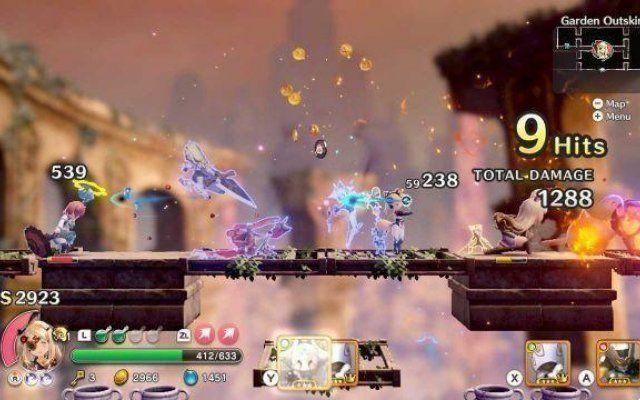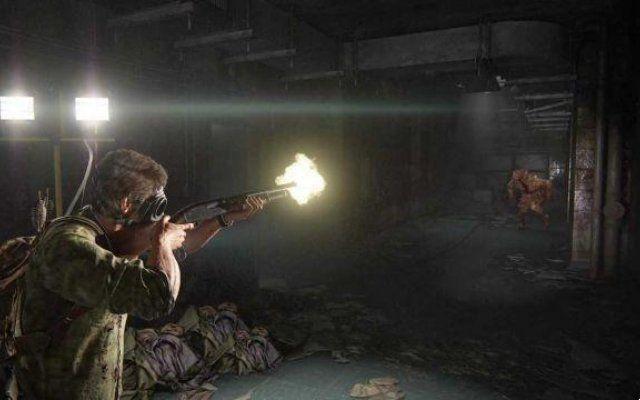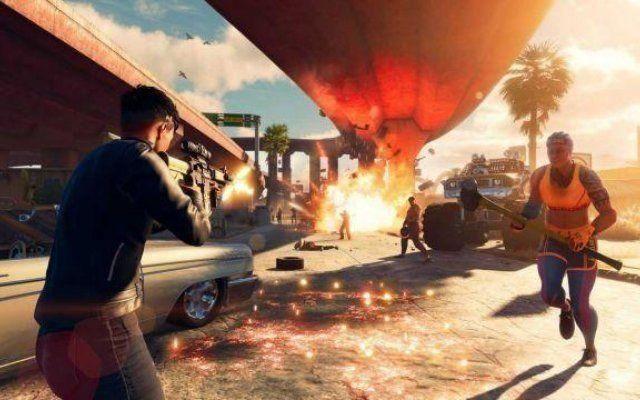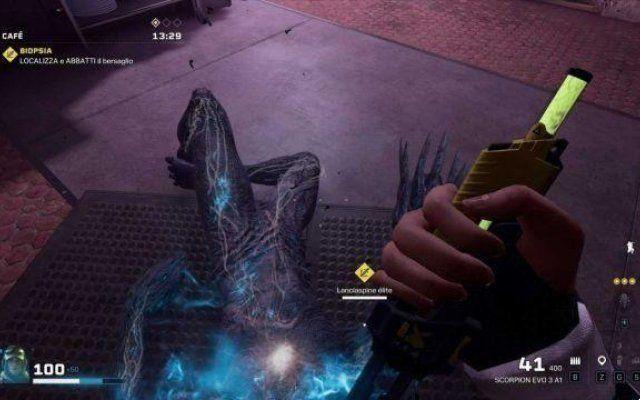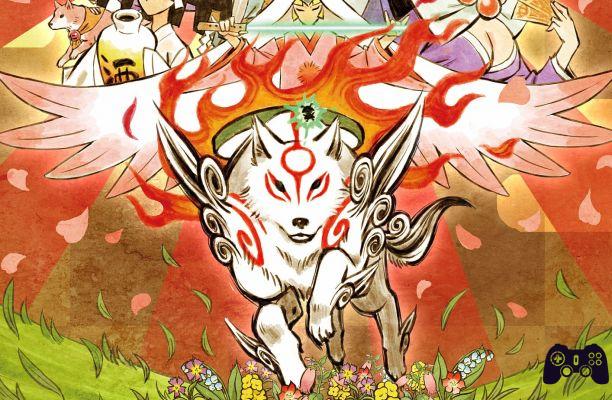
In the year in which The Legend of Zelda finally shakes off the long shadow of Ocarina of Time, Capcom proposes on the shelves - this time, also on the physical ones - one of the best products that the work of Shigeru Miyamoto has ever inspired : Okami.
What is the first thing that comes into your mind when you read the name Hideki Kamiya? For those who have been following the industry for a while and were lucky enough to be already in the game in 2001, PS2 was in full swing, probably the answer is Devil May Cry. If you are a few years younger it is more likely that the combination is the one with the forms of Bayonetta - or, if you are particularly nintendari, with the colors and the Super sentai style noise of The Wonderful 101. In all three cases, however, the result of the operation is a title hack & slash is proud of it, since we are talking about the man who invented and then rebuilt the Stylish Action line. In short, something that has very little in common with Okami, hidden pearl and white fly - sorry, she-wolf - in a curriculum that over the years has given products very different from an apocryphal chapter of The Legend of Zelda such as the one developed by Clover Studio.
Not a milestone and, as we shall see, an inevitably aged experience over the two generations it has gone through - even more than it did at the time of the previous remastered.
Ma it is not an excuse for not having played it:
If you have developed a certain love for the medium, Okami is a must on your pilgrimage to discover the video game, a perfect example of the supremacy of the Japanese market of those years.
Version tested: PlayStation 4
The three times renegade ...
Title of Niche? Yes, but too easy to say without saying whyIt would be easy to explain the flop - indeed, the repeated failures - at the sales level of Okami by labeling it as a niche product by looking at the developer, given that the ghost of Clover Studio is still haunting the market in search of the blockbuster it deserved in life, even now that he has reincarnated in Platinum Games. In reality it must be said that it is a niche product also within the various niche products produced by Kamiya and associates: a dramatically slow start - trivially, close to the release of the game we played the first hour of the experience live, with the result that the real gameplay can be seen after 45 minutes -, a very distant kind from what one would expect from the videogame dad of Capcom's Academie and a obsolete artistic plant, which perhaps today we can be used to due to the explosion of the independent phenomenon but which on PlayStation 2 was something very distant from the rest of the offer, in the years of a photorealism race that has never really slowed down. And to all this we must then add a series of contents that it is difficult to imagine in terms of quantity: a quick search on How Long to Beat is enough to realize it, almost forty hours to complete the main campaign and twenty more if you aim for 100% (all this, in years when there were no Platini and 1000Gs to be shown as evidence of the company).
Kamiya at its best, because it still remains Kamiya
But if we're here today talking about Okami, if we decided to choose him as #GioCover for this December, it's because Okami in the end has become a cult product. Not relying on its historical importance, which is difficult to attribute to it, but because the disc is inserted then the optical reader of the console finds itself reading, byte after byte, the stylistic code of Hideki Kamiya and Clover Studio. Give a "content creator" carte blanche and they will use it to create something he really feels, in spite of what the logic may be. And Okami is just that, an opportunity for Kamiya to express his love for The Legend of Zelda and for the mythology of the Rising Sun. In its own way, however, because we are not faced with a shameless clone or even a "ZeldaLike", but something that, starting from the dictates of Shigeru Miyamoto's work, then evolves in a different way and it reflects the eclectic personality of those who guided its development, not missing some more allusive content and some foul-mouthed output that would hardly find a place on Link's (silent) lips.
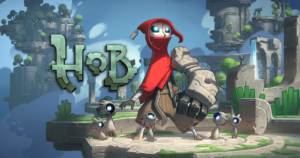
To learn more:
8 adventures (and shameless clones of Zelda) to play while waiting for Hob
The challenge is missing, but what is played is still capable of asserting itself
There is character, and there is plenty of it, beyond the tones of a production that alternates a sophisticated lexicon with a rather heavy use of slang - from this point of view, the absence of a localization in Spanish for what is the fourth release of the title it cuts quite the legs at all, here in the boot. And after the first few hours of the game it emerges from arrogance, both in the puzzle / platform and in the combat phases. The cornerstone on which Clover Studio has built the title is the mechanics of the Celestial Brush, which allows you to "freeze" time and transform the screen image into a canvas on which to draw, activating the powers that Amaterasu obtains in the course of the experience (some mandatory, others through secondary missions). The brush is important both in the phases in which exploration dominates, allowing you to change the state of the game world by adding, removing and interacting with its elements and when Amaterasu faces his enemies: the challenge here never makes you scream in despair ( strange, if you consider the name of the author) but the alternation between a more traditional battle system made up of combos and equipped weapons and the powers of the Celestial Brush goes to create something new, fresh and absolutely fun to play. More on we mentioned elements that, especially in the last two years, have aged tremendously and make the package even more anachronistic than it was on PlayStation 3. The battle system is not among them, and although the challenge is not exceptional it still remains today. one of the strong points of the production, as much (if not even more) the visual style taken from the artistic current Sumi-e - with the difference that, unlike the pictorial works of the genre, Okami does not skimp on the color front.
The structure of the contents has aged, inevitably the daughter of the PlayStation 2 hardware.
Although the world map as a whole does not skimp on the size front, Okami is not an Open World title, but stops a step earlier. The Nippon lands are made in areas separated from each other by loads, which often and willingly in the single unit tend to be (or seem) linear. And there is a certain tendency to backtracking, however it is an aspect managed with balance and, with some exceptions, do not leave too much suspicion of being used as an excuse to lengthen the broth or for not having to make other contents. Solutions that are children of the original reference hardware, but that particularly in this generation - what we have already defined in unsuspected times "The generation of Gameplay", due to its tendency towards the Open World - have aged. If we then add the consideration that, as mentioned at the beginning, even the original matrix which inspired Kamiya (i.e. the Zelda series) this year has drastically changed towards another approach, it is clear that the remastering for the octave Okami generation has to deal with history, even more than the re-release arrived on PlayStation 3.
… And not thrice restored
But speaking of "re-release", it is right at this point to put aside the considerations on Okami as a product and move on to those on Okami HD as a remaster.
In two words? The usual lazy port that Capcom has accustomed us to.
Classic Capcom, but for the wrong reasons
The news in essence can be summarized with the presence of a filter applicable to the image to file aliasing (light, medium or heavy), a menu designed with nostalgia as a target that allows you to decide whether to play the adventure in 4: 3 or 16: 9 and activate or deactivate the mini-games during uploads - another solution from PlayStation 2 that today no longer finds a place on the shelf and the possibility of using, on PS4, the controller's touchpad to control the Celestial Brush. The big absent, as already mentioned, is the localization, which weighs particularly in a title that uses a "difficult" vocabulary (it ranges from sought after to slang, with words very far from those you learn to use at school). For the rest, however, one cannot but admit that, laziness or not and self-rescues or not (or not, in this case: there has been no update even in this sense) Okami thanks to his peculiar artistic style is truly timeless. By now we know: technology gets old, art doesn't, and Clover Studio's unfortunate Game of the Year is yet another counter-proof… Play it behind a 4K panel like we did or not.
Verdict 9/10 Therapeutic persistence Comment Okami is still Okami, and once everything is started - if you can go beyond a tremendously slow start, especially by today's standards - it is impossible not to fall in love with the product and feel guilty for ignoring it and led to oblivion all these years. The problem is, unfortunately or fortunately, Capcom has made practically no progress compared to the previous re-propositions of the Clover Studio epic: still no localization and, net of the now very low price and the arrival of everything also on PC, nothing that can make us think that this is the right time. It's a shame, because there is so much substance and our evaluation is the same as eleven years ago and speaks of a title to be played absolutely, which for some reason the public insists on not playing. Pros and cons ✓ Lots of content✓ All the best of Clover Studio
✓ Still unmissable ... x ... But will you play it?
x No localization
x Accessible challenge




